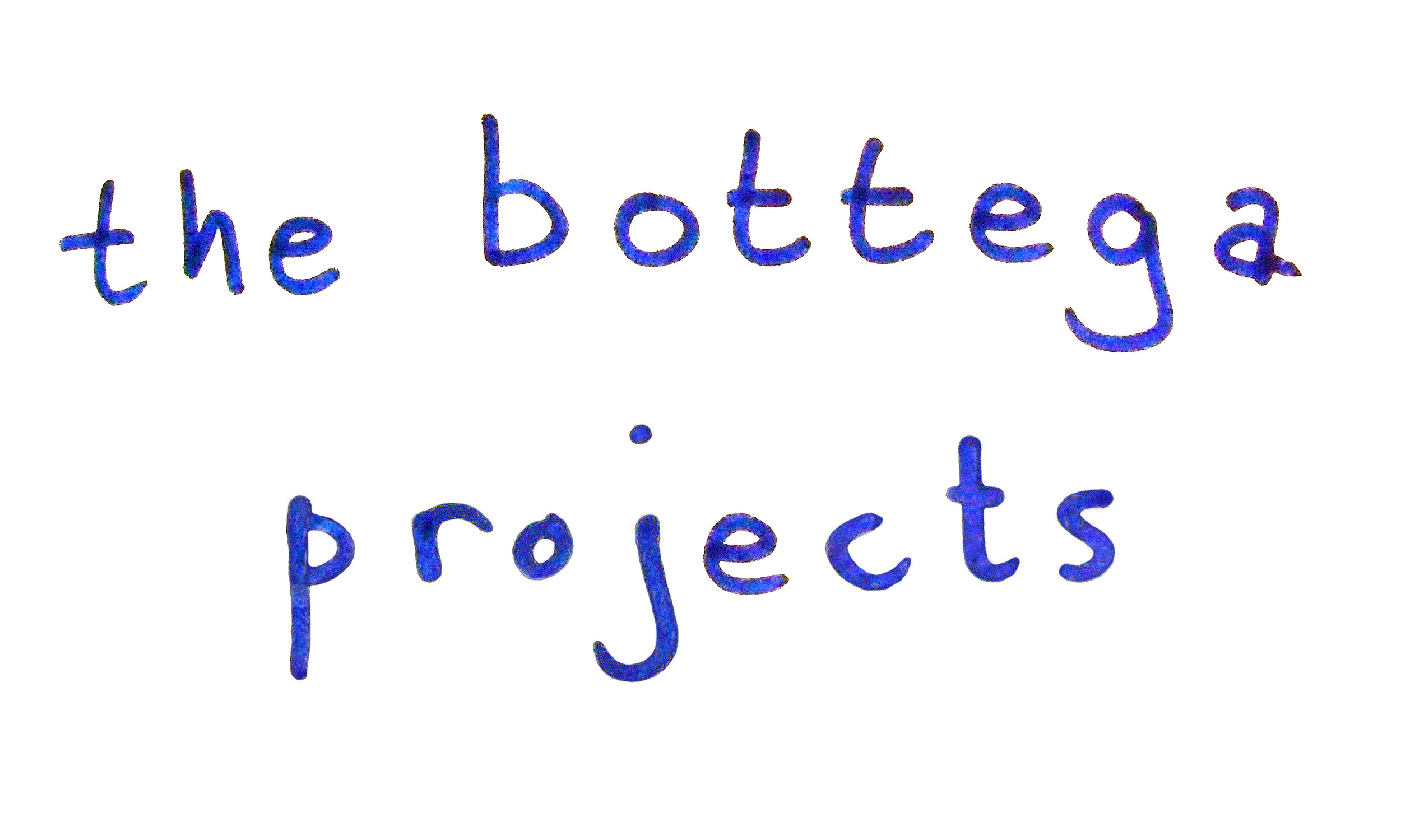Coratella
This classic Roman dish is a perfect expression of the philosophy of “quinto quarto,” using the interiors of young lamb (or goat). The heart, liver, lungs are mostly used, but also spleen and kidneys. Often, especially around Easter, you can but a half lamb, of 3 or 4 kilos, and it will include the offal, as well as half a head (I will talk about this another time). The offal hardly has a market value, so it is given away free in most cases. In Roman cuisine, it is often cooked with artichokes. It is a beautiful experience of the Roman terroir, especially in Spring.
Coratella
One half a lamb’s (or young goat’s) interiors: heart, liver, lungs, (kidneys, spleen) about 200 g
One onion
One bay leaf
I tablespoon vinegar
One cup a white wine
Extra virgin olive oil
Salt, pepper, pepperoncino
Chop the onion and begin to fry in olive oil. Cut the interiors into pieces, the smaller the better, about a cm square. Add this to the onions with the bay leaf, salt and pepper, and cook until all begins to take color. Add the vinegar and cook off, and then white wine. Cook well, adding wine or water as necessary, about 30 minutes. Serve very hot.
Drink any light Lazio red wine, Sangiovese and not Cesanese.
This recipe has a few variations to that of Ada Boni, in La Cucina Romana, by some considered the bible of Roman cooking. For example, lard would have been used instead of olive oil, and marsala instead of white wine. She does not report the addition of vinegar, but I think it helps with the gamey-ness. She also suggests adding the offal in stages, starting from the tougher organs, like heart, and adding the liver last, so that it does not overcook. I happen to like all offal well-cooked, liver included. If you are not particularly interested in exactly what bits you are eating, be sure to cut in uniform size, and to remove any arteries.
Notes: Boni, Ada, La Cucina Romana, Newton Compton, 2010.

